Online Review Management Service
South Africa
Your next customer is checking the stars
Before phoning, messaging, or booking, South Africans scan reviews. Not just the score — the dates, the tone of replies, and whether the most recent feedback sounds like a real person. That’s why an Online Review Management Service South Africa has to do three things well: ask at the right moment, reply quickly in the right voice, and bring the best proof back to your website. Over the last decade, I’ve helped SMEs in plumbing, dental, restaurant, e-commerce and home services turn quiet happy customers into visible social proof. The promise is simple: fewer missed opportunities, more trust on first contact, and steady uplift in discovery searches and bookings.
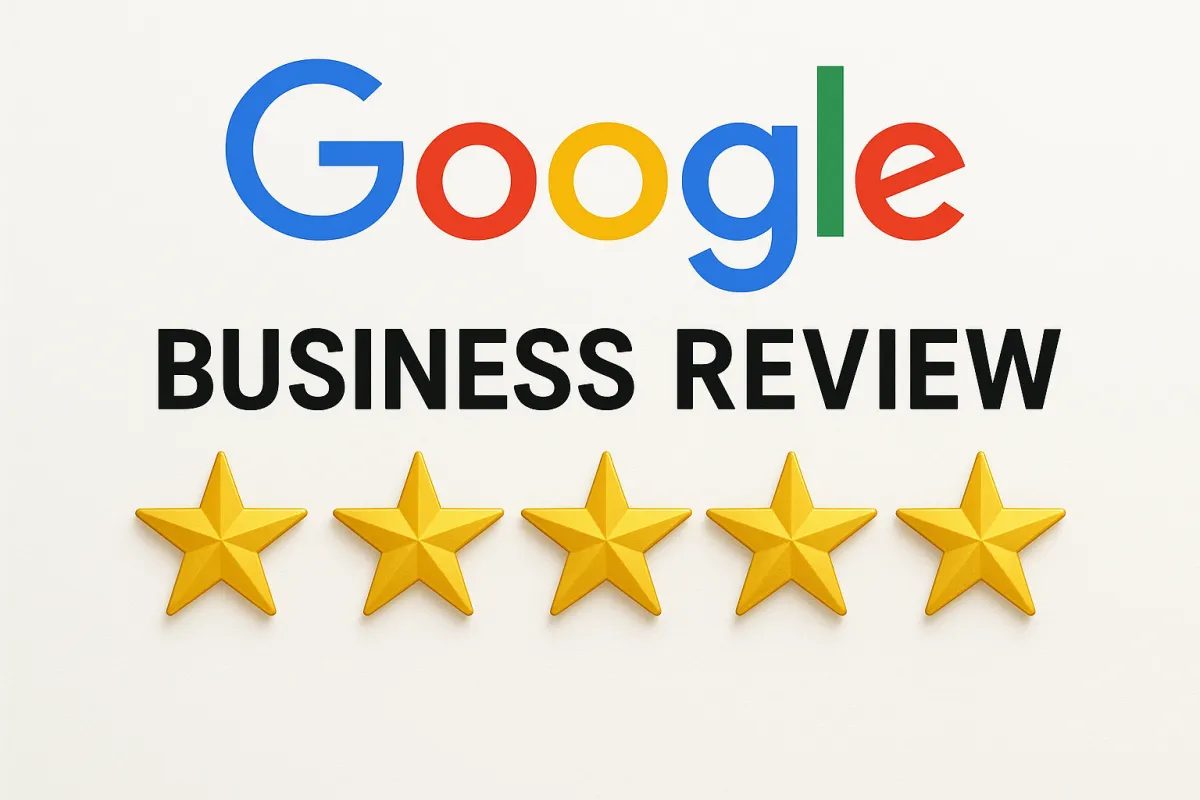
Ask the right way: WhatsApp, SMS and Email (with timing that works)
Email and SMS still play a role, but South Africans live on WhatsApp. When you run a review request WhatsApp South Africa flow, you’re meeting customers where they already are. The sequence that consistently performs:
Timing. Trigger the request when the service is actually complete — haircut finished, job card signed, delivery confirmed.
One-tap link. No hunting around. The link lands the customer on the correct review screen for the right branch.
Follow-up. One gentle nudge 48–72 hours later, then stop. Nagging reduces response rates and can lead to opt-outs.
Tone. Friendly and neutral — never ask for “only five stars”. Keep it POPI-friendly and within platform rules.
Personal sign-off. Messages from the person who served the customer outperform generic “Team” messages.
What to measure: delivery, opens, clicks and conversion to posted review, per service line and time of day. A good reputation monitoring tool South Africa will show these funnels so you can see which steps produce the highest response — e.g., “after 17:00 for home services” or “next morning for clinics”.

Google Review Management South Africa: the heartbeat of local search
For most SMEs, Google Business Profile is the front door. Strong google review management south africa is part admin, part habits:
Profile setup. Correct categories, services, hours (including public holiday hours), service areas where relevant, and recent photos of real work.
Fast replies. Aim for same-day acknowledgement on all new reviews; next-day for longer responses.
Saved snippets. Draft three tones in advance — warm thanks, issue acknowledged, and “schedule a call”. Staff choose the base and personalise.
Escalations. Reviews that hint at safety, legal or POPI issues are routed to a human, taken off-platform to resolve, and closed with a short factual update.
Housekeeping. Post brief updates, add photos regularly, and keep phone numbers, URLs and click-to-WhatsApp consistent with your site.
Practical example: if a customer praises your “WhatsApp booking bot”, reply with thanks and confirm what happens next (“you’ll get a reminder the day before”). It nudges the next reader closer to booking without sounding salesy. This is Google Business Profile reviews management South Africa done properly — useful for readers and good for Local SEO.
Facebook Reviews Management South Africa: social proof where people chat
Facebook is where neighbourhoods ask each other for recommendations. It’s also where a poor experience can travel fast if ignored. Treat it as a second reviews inbox:
Notifications on. Route new Page reviews to the same dashboard you use for Google so nothing sits over a weekend.
Tone match. Facebook suits warmer replies — still professional, just more conversational.
Proof over polish. Post real team photos and customer outcomes (with permission). A living Page makes replies feel genuine.
Messenger hand-off. When a fixable issue appears in a review, move to Messenger or WhatsApp, resolve it, then close the loop publicly with a short, factual note.
Handled this way, facebook reviews management south africa becomes an engine for word-of-mouth, not a chore.
Calm under pressure: Responding to negative reviews (and winning trust)
Every business gets a bad review. What customers judge is your response. A dependable respond to negative reviews service South Africa follows a repeatable playbook:
Triage. Is the issue about quality, delays, billing, or policy? Assign to the right person.
Acknowledge quickly. Same-day: “Thanks for flagging this — we’re looking into it.” Keep emotion out.
Move off-platform. Invite the customer to chat on the phone or WhatsApp for specifics and a fix.
Close the loop. After resolution, add a calm public note (no private data): “We’ve corrected the invoice and confirmed the new delivery time. Thanks for the chance to fix this.”
If rules are broken. For clear policy violations (hate speech, wrong business, competitor spam), use the platform’s dispute route. Never promise removal; stick to process and facts.
A templated opening line prevents over-thinking: “Thanks for the feedback — this isn’t the experience we aim for. Please WhatsApp us on [number] with your booking name so we can sort this quickly.” It’s short, actionable and de-escalates.
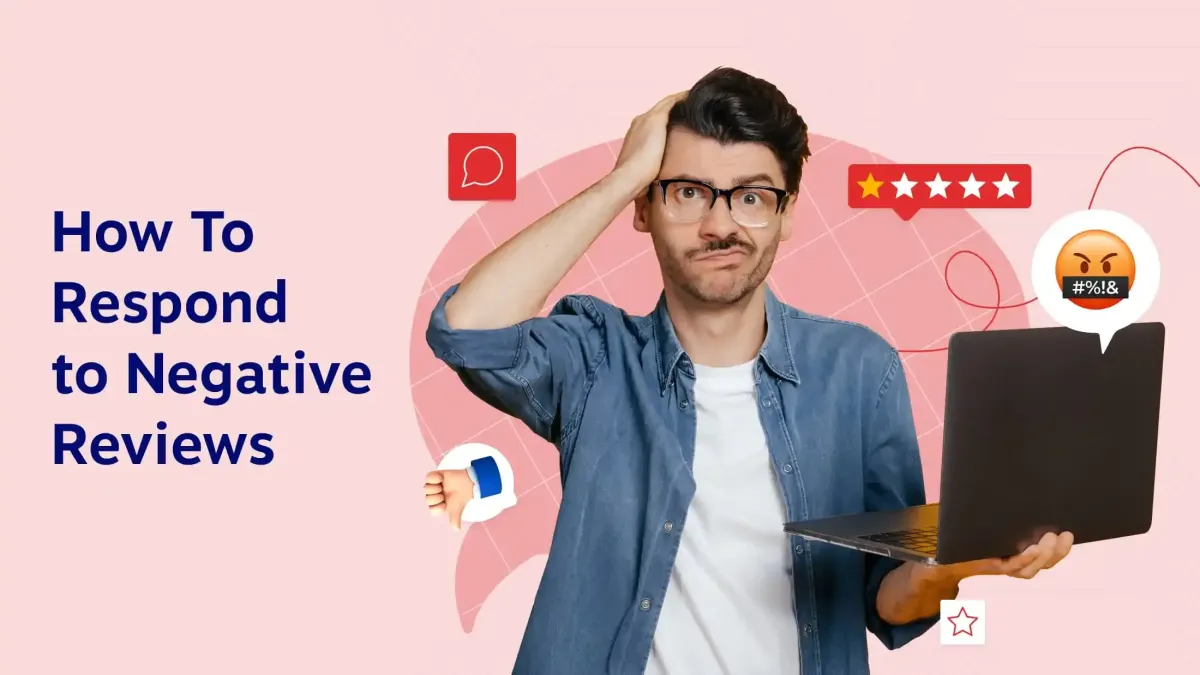
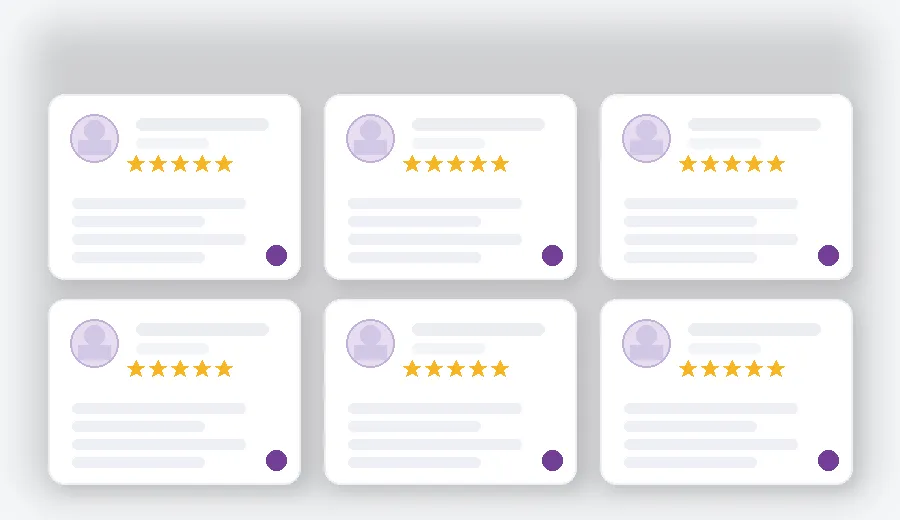
Bring proof home: Review widget for website South Africa
Reviews work hardest when they sit next to your services and forms. That’s where a review widget for website South Africa earns its keep:
Freshness first. Show the most recent reviews above the fold and rotate highlights that mention the service on that page (“colour and cut”, “burst geyser repair”, “delivery updates”).
Structured data. Add rating markup so search engines can understand the content (and sometimes show rich results).
Design and speed. Lightweight, text-only and brand-neutral. Use real photos elsewhere — never screenshots of reviews.
POPI-friendly. Embed only public reviews; scrub private details.
Conversion tip: pair the widget with a tiny micro-FAQ (“How do reminders work?”, “Do you take deposits?”). Visitors check the rating, read one or two specifics, and contact you without leaving the page.
Reputation monitoring tool South Africa: what “good” actually looks like
Dashboards matter, but decisions matter more. A useful reputation monitoring tool South Africa should give you:
Single inbox for Google and Facebook with filters by source, stars and status.
Invite funnel showing requests sent, delivered, opened, clicked and converted to posted reviews.
Themes & sentiment so you can fix the real problems customers mention (“parking”, “wait time”, “call-backs”).
Team metrics for response time and resolution time, by staff member and by branch.
Exports — weekly snapshot and monthly PDF/CSV for leadership or franchisors.
Alert rules — e.g., instant alert for any one-star review or any mention of “refund”.
This is the engine room for a reputation management agency South Africa to run day-to-day without adding noise to your team.
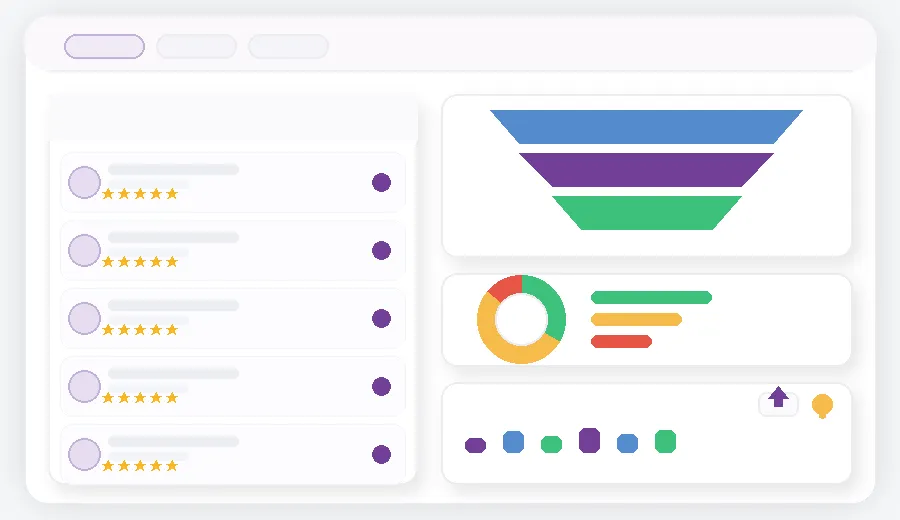
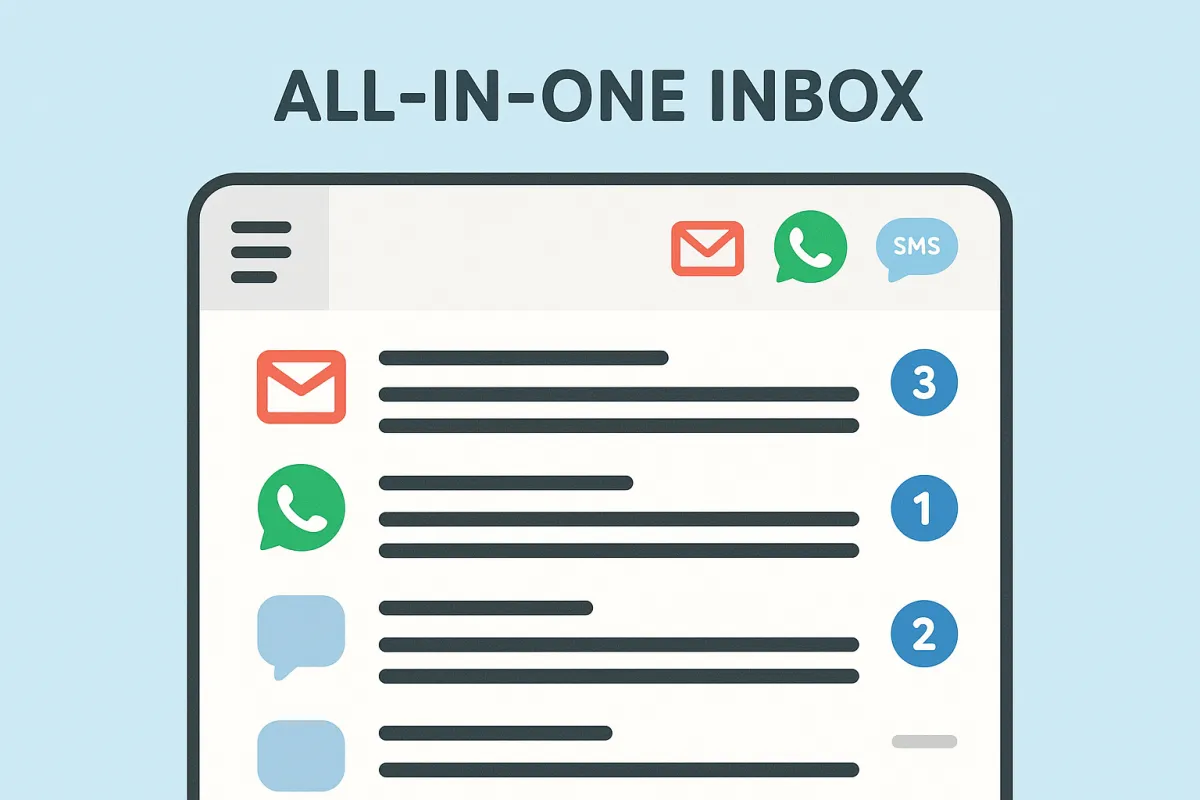
Multi-location review management South Africa: scale with consistency
If you have branches, consistency is everything. Effective multi location review management South Africa blends simple rules with local personality:
Shared playbook. Same timing, tone and escalation steps across all locations.
Local touches. Each branch uses its own name and WhatsApp number in messages so replies feel human.
Location scorecards. A monthly report per branch: new reviews, average rating, time to first response, common themes. One win and one fix per month keeps momentum without blame.
Central oversight. Head office approves templates, keeps categories and hours clean, rotates photos, and ensures contact details align with what’s on the website.
Fair targets. Minimum new reviews per month per location, adjusted for footfall. Celebrate teams that hit or exceed target.
In practice, the branches that lead in reviews often lead in revenue. Visibility creates a feedback loop — more searches, more calls, more chances to ask for feedback.
Pricing, POPI and scope — what to expect
An Online Review Management Service South Africa should charge based on active contacts and locations, not impressions. You’re paying for outcomes: more reviews, faster replies, and profiles that win clicks and bookings. POPI is baked in: opt-in only, clear opt-outs, data minimisation, and role-based access. For regulated categories, we keep a short approvals step for sensitive replies.
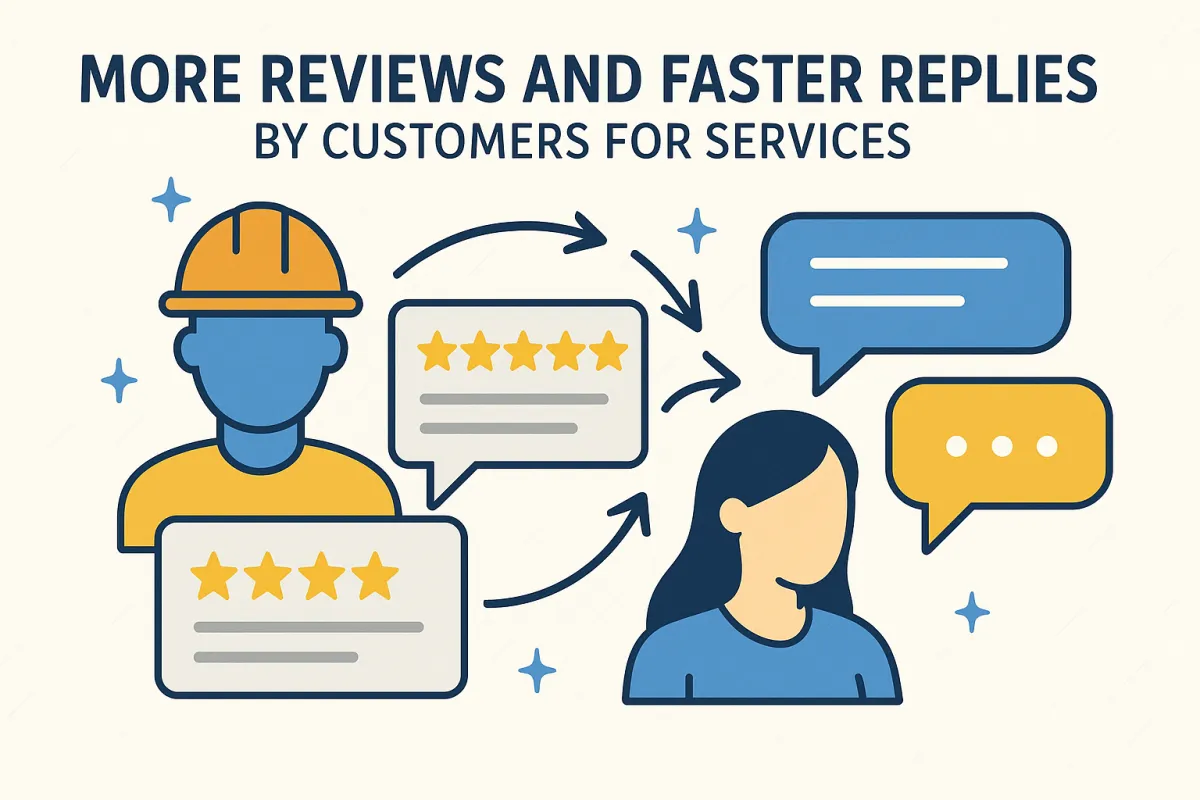

Why this beats “just ask customers”
Consistency. Systems ask every time; humans ask when they remember. With the right triggers, your team doesn’t have to think about it. With the right tone, customers are glad to help. And with the right widget, those words work for you on the exact pages that sell.
To recap the search terms you care about: this approach covers an online review management service South Africa end-to-end, fits a reputation management agency South Africa, includes google review management south africa and facebook reviews management south africa, runs review request WhatsApp South Africa, powers your review widget for website South Africa, provides a robust reputation monitoring tool South Africa, and scales to multi location review management South Africa without losing your voice.
Win the moment of choice
People compare two or three options, then act. The business with recent, believable reviews and professional replies is the one that gets the call, the chat or the booking. If you want that to be you, let’s set up your Online Review Management Service South Africa with the exact triggers, replies and on-site proof that convert.
Book a Strategy Call (15 min). We’ll review your profiles, map your ask-and-reply workflow, and give you a plan you can start this week.

STILL NOT SURE?
Frequently Asked Questions
How fast will we see new reviews?
Usually within the first week. The request fires the moment service is marked complete, includes a one-tap link, and uses the channel the customer prefers. Rankings move more slowly, but discovery searches and calls tend to lift as fresh reviews arrive.
Can we send review requests on WhatsApp and still keep POPI tidy?
Yes. We send only to opted-in contacts, include clear opt-outs, and store only what’s needed to send the request and map it to the right branch. Template wording is approved in advance.
What if a customer doesn’t want to be contacted again?
They can opt out in one tap. The system stops all future review requests and notes the preference on their record.
What does “good” look like for Google review management South Africa?
Same-day acknowledgement, next-day fuller replies where needed, clean categories and services, regular photos, and short, useful updates. Keep details aligned with your website and Google Business Profile.
How do we handle a harsh or unfair review?
Acknowledge calmly, take the discussion off-platform, resolve what you can, then close the loop with a short public update. If the review breaks platform rules (e.g., wrong business), submit a dispute with evidence.
Can you manage Facebook reviews too?
Yes. Both Google and Facebook are handled in one inbox with consistent response times. Facebook replies can be slightly warmer; Messenger or WhatsApp is ideal for resolving issues.
How do we know it’s working?
Watch request-to-review conversion, new reviews per week, average rating, response time and discovery metrics from your profiles (calls, website clicks, direction requests). For multi-location teams, compare these per branch.
Will a review widget slow down our site?
A lightweight, text-only widget won’t. It should lazy-load, use compressed assets and add rating markup without blocking the page.
Do you support multi location review management South Africa?
Yes. Shared playbook, local personalisation, central oversight, and monthly scorecards keep quality high without drowning teams in admin.




